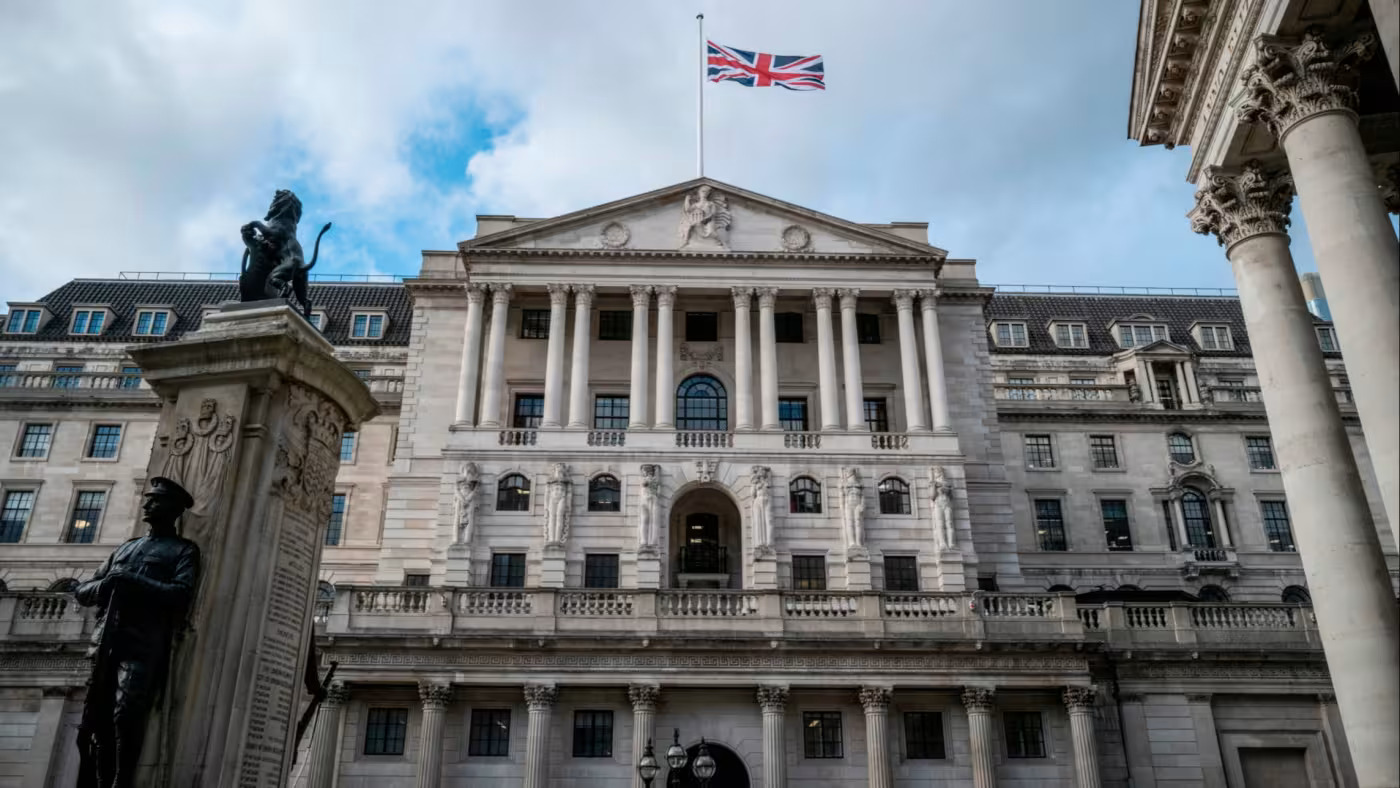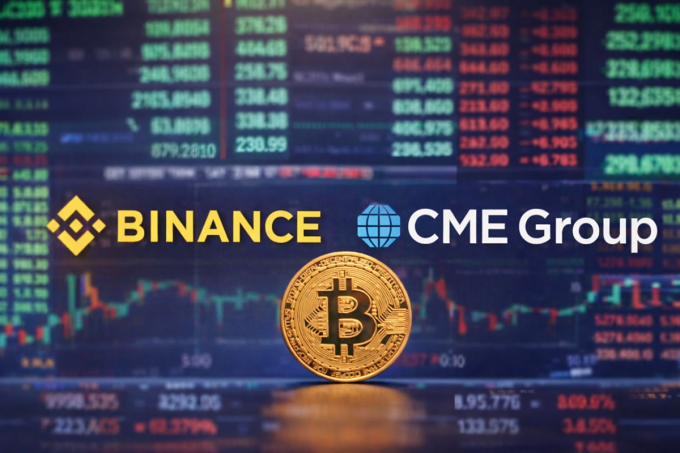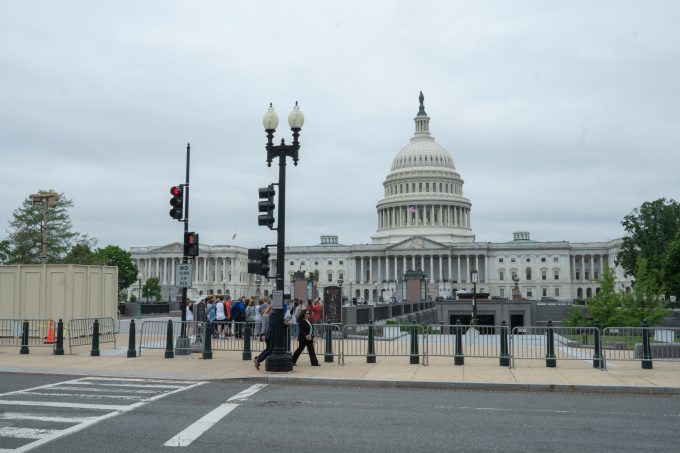Bank of England Deputy Governor Sarah Breeden announced this week that the United Kingdom aims to deploy a regulatory framework for stablecoins “just as quickly as” the United States, signaling a major step toward alignment in overseeing the $310 billion global stablecoin industry. The move comes as the sector faces increasing scrutiny worldwide, with investors and digital-asset institutions preparing for a new wave of regulatory change.
Market Reaction
The stablecoin sector has drawn renewed attention in recent days, with major tokens such as USDT and USDC maintaining a combined supply exceeding $120 billion. While spot crypto markets remain largely steady, volatility in stablecoin-linked pairs has risen as traders position ahead of possible regulatory announcements.
The prospect of clearer oversight in the U.K. — one of the world’s key financial centers — has fueled optimism about greater institutional participation, though questions remain about policy execution and timing.
Regulatory and Technical Implications
Breeden noted that U.K. regulators are working closely with their U.S. counterparts, and a formal consultation paper is expected to be released in mid-November. Early proposals have included potential limits on individual stablecoin holdings between £10,000 and £20,000 ($13,000–$26,000) and restrictions allowing only “systemic” stablecoins to access Bank of England accounts.
If enacted, these measures would make the U.K. one of the world’s most tightly regulated markets for digital currencies. For stablecoin issuers, custodians, and payment providers, it could mean reworking compliance frameworks, upgrading reserve transparency, and adapting to dual-jurisdiction supervision.
Investor Sentiment and Strategic Outlook
Investors largely interpret this regulatory push as a sign that stablecoins are evolving from speculative instruments into legitimate components of global finance. Institutions that once viewed stablecoins as peripheral now see them as foundational to tokenized payment systems and on-chain liquidity infrastructure.
However, the move also poses new challenges: smaller issuers could struggle with compliance costs, while multinational firms must navigate complex, overlapping regulatory regimes across the U.S., U.K., and European Union.
Looking ahead, much depends on how quickly the U.K. turns its consultation into enforceable regulation, the final form of holding caps or reserve requirements, and the response from global market participants.
The opportunity lies in achieving long-awaited regulatory clarity, potentially unlocking deeper institutional investment in tokenized finance. The risk, however, is that overregulation could dampen innovation and squeeze out smaller players.
Either way, the Bank of England’s stance signals a decisive shift — one that could reshape how stablecoins function across the global financial system.













Leave a comment